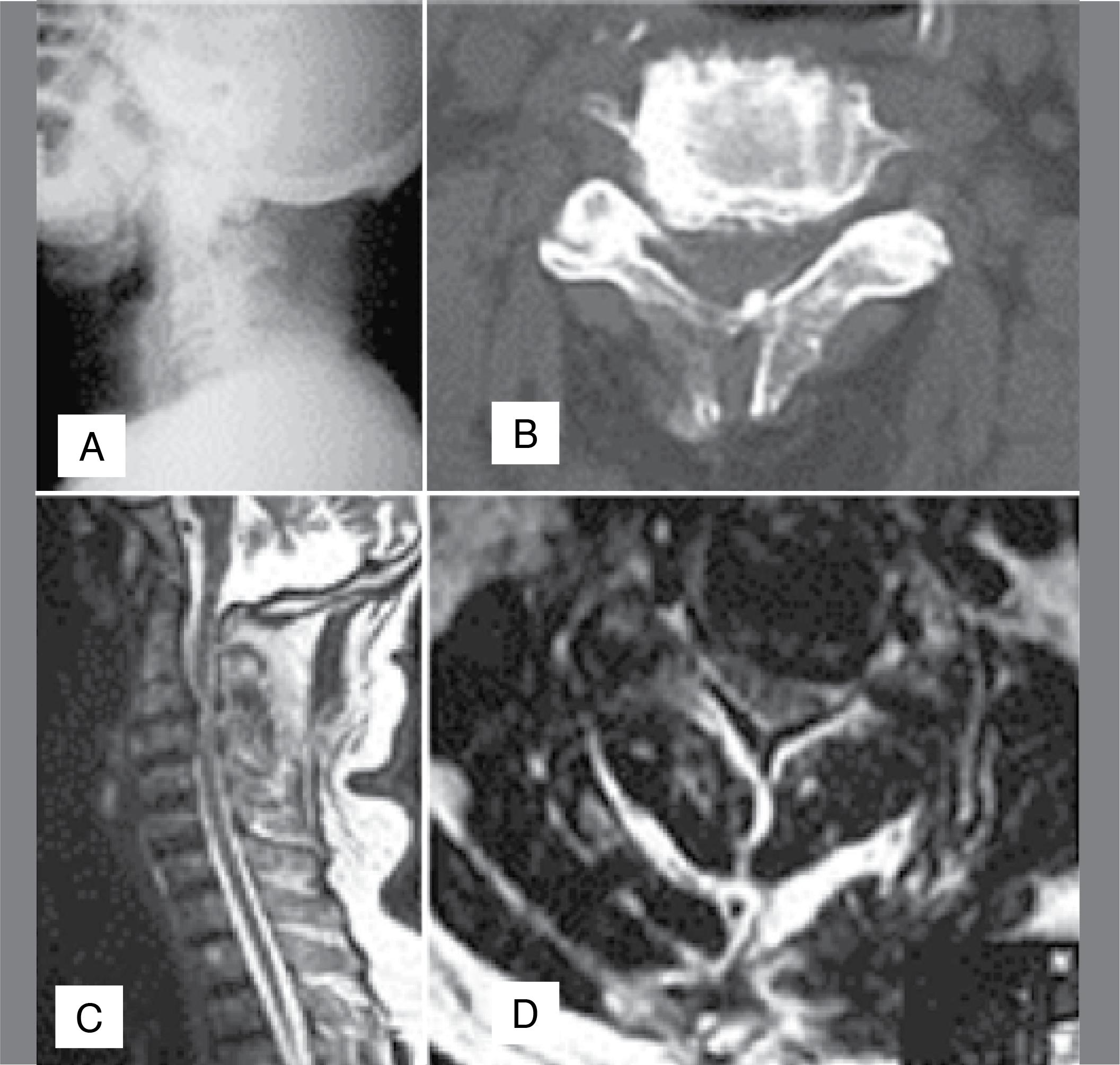OBJECTIVE:
Recognizing the importance of SCIWORA in adult age; analyze the usefulness of complementary studies; evaluating therapeutic options; learn about the evolution of the treated patients.
METHODS:
A prospective evaluation with a minimum follow-up of 5 years, eight elderly patients with cervical arthrosis and diagnosis of SCIWORA. The Japanese Orthopaedic Association (JOA) scale and ASIA were used on admission and at 6, 12, 24, 36, 48 and 60 months.
RESULTS:
The central cord syndrome (CCS) was the neurological condition at admission. One patient recovered after corticosteroid therapy, but later, his disability worsened, and he was operated at 18 months, another patient recovered and a third died. The other patients underwent laminoplasty in the first 72 hours; patients with partial severity condition had a minimum improvement of five points in JAO scale and those with severe conditions died.
CONCLUSIONS:
The low-energy trauma can decompensate the relationship between container and content in the spine with asymptomatic arthrosis, and can be devastating to the patient. The diagnosis of intramedullary lesion is made by magnetic resonance imaging. Patients with incomplete deficit undergoing laminoplasty reached at least one level in ASIA score. The potential postoperative complications can be serious.
Spinal cord injury; Central cord syndrome; Cervical vertebrae


